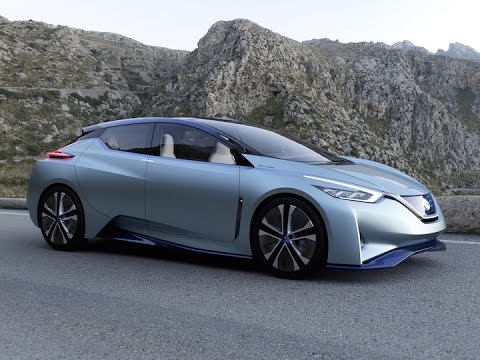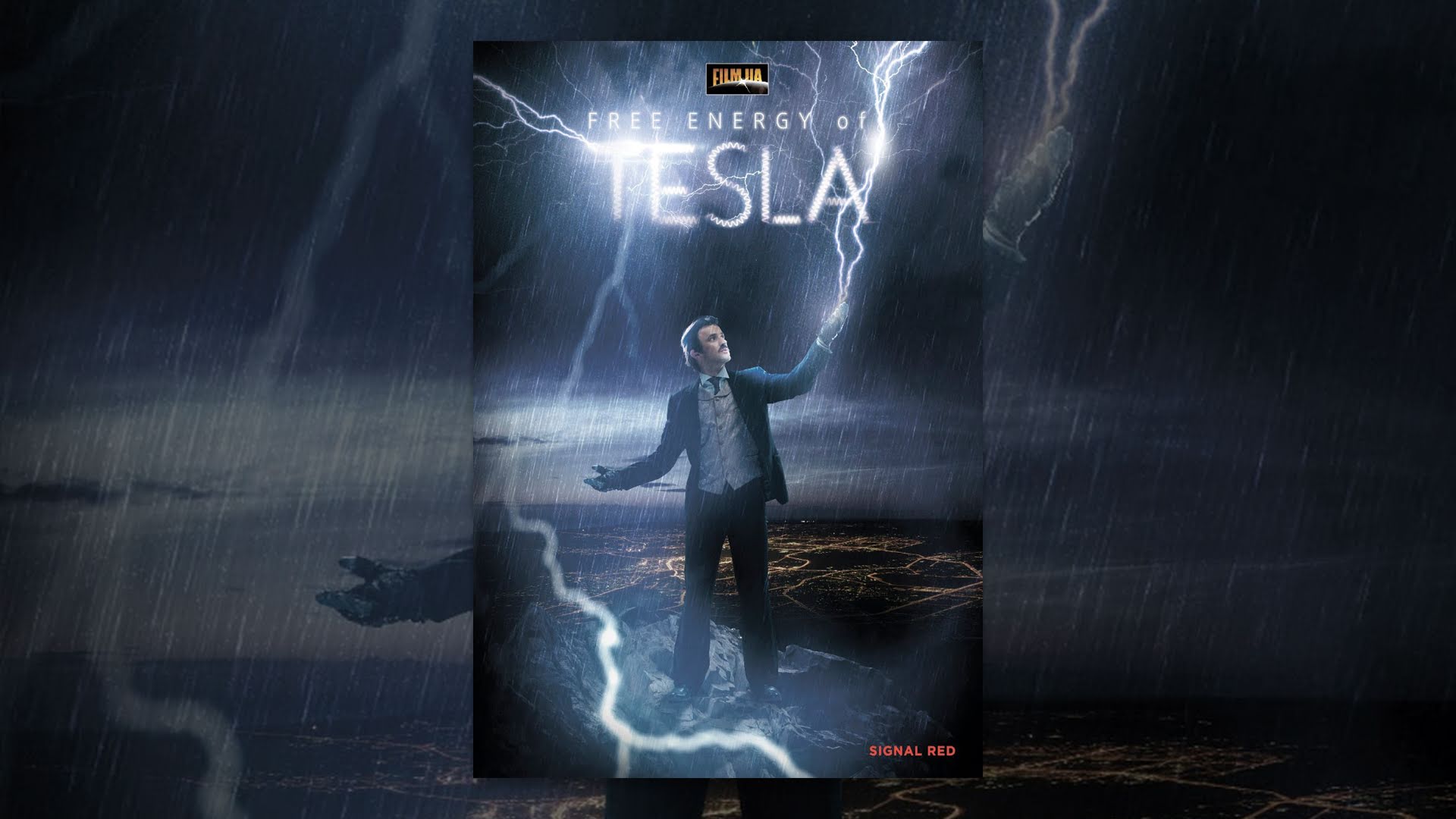Oct 28, 2015
Mark Zuckerberg Posts on Facebook From the ‘Incredible’ Taj Mahal
Posted by Shailesh Prasad in category: futurism
Facebook Inc. founder Mark Zuckerberg has started his latest trip to India with a visit to the Taj Mahal and described the country’s most-photographed and photogenic monument as “even more stunning” than he had expected.
Mr. Zuckerberg is in the South Asian nation to deepen his social media company’s connection with the country, which is home to the largest number of Facebook users outside the U.S.
In a post from Agra, the home of the Taj Mahal in the northern state of Uttar Pradesh, on his Facebook page, Mr. Zuckerberg said that he had “always wanted to see” the mausoleum, which was built by the Mughal Emperor Shah Jahan for his deceased wife Mumtaz Mahal in the 1600s.
















